Exhibits
We created these exhibits to provide a range of entry points to this vast collection. We hope they will encourage you to engage in new ways with Wendy Clarke’s work.
The American Tapestry
Matt St. John
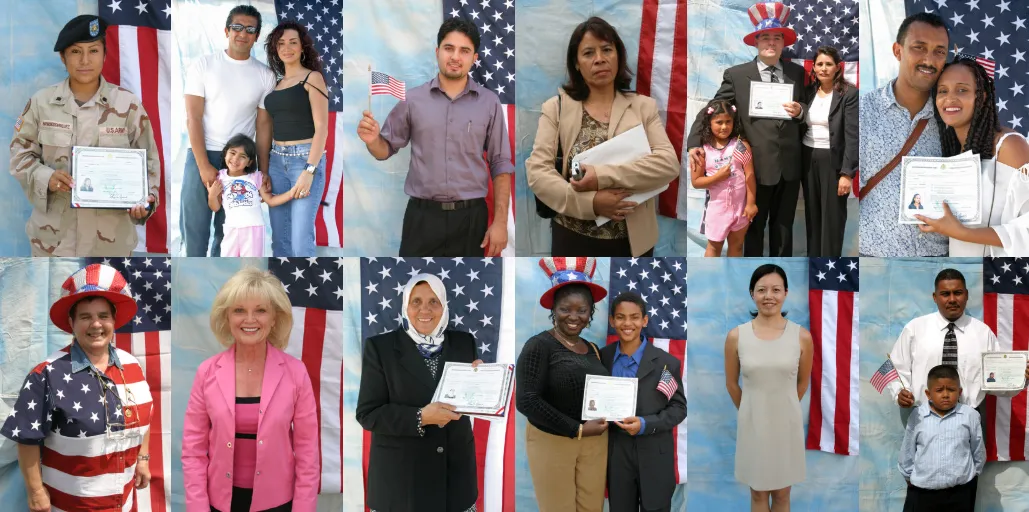
In 2004, Wendy Clarke set up a photo booth at two massive citizenship ceremonies in Los Angeles and took photos of hundreds of new American citizens. The portraits and a collection of participants' stories are available through The American Tapestry, an online exhibition that invites reflection on experiences of immigration and citizenship.
Seeing Ourselves Survive: Wendy Clarke and Anti-Nuclear Video Activism
Charlotte Procter
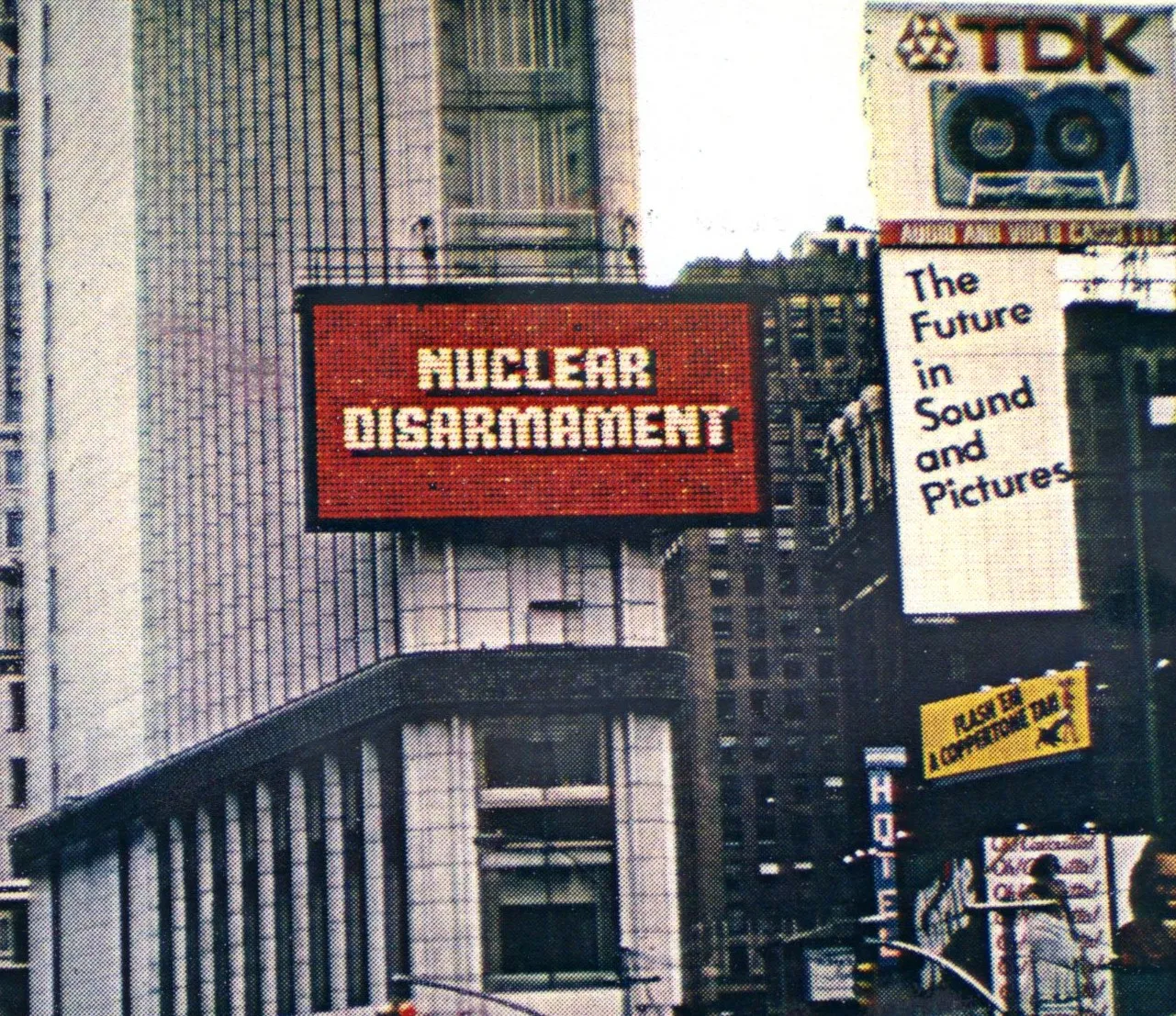
The Disarament Video Survey project emerged from a desire to extend the energy of protest beyond its physical limits. It offered video as a medium for participation for those who could not attend rallies in person while using television to reach as many people as possible. This exhibit explores the history of the project, highlights participants' voices, and considers how Wendy Clarke activated the participatory potentials of video.
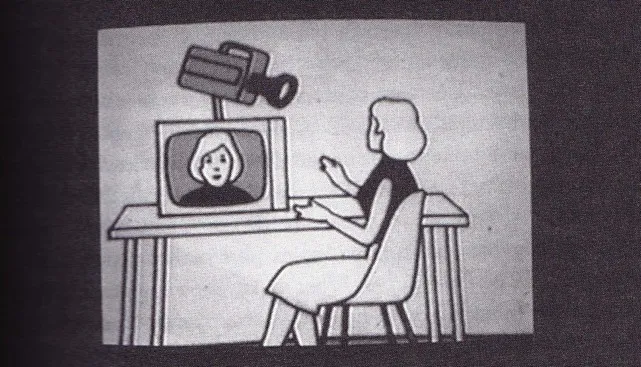
At the conceptual heart of “The Love Tapes” and Clarke’s role as facilitator is the bestowal of a single animating word, love, the project’s perpetual but preternaturally fluid theme. Clarke does not exert control over the spoken material or the spatial disposition of subject and background; nor does she impose an authorial perspective on it by editing. Instead, she comes to the creative act as the wielder of a conceptual framework and a video apparatus, that enables participants to voice their experience, initially for themselves and then, potentially, for a broader, indeed incalculable audience.
A Love for the Ages
Ashton Leach
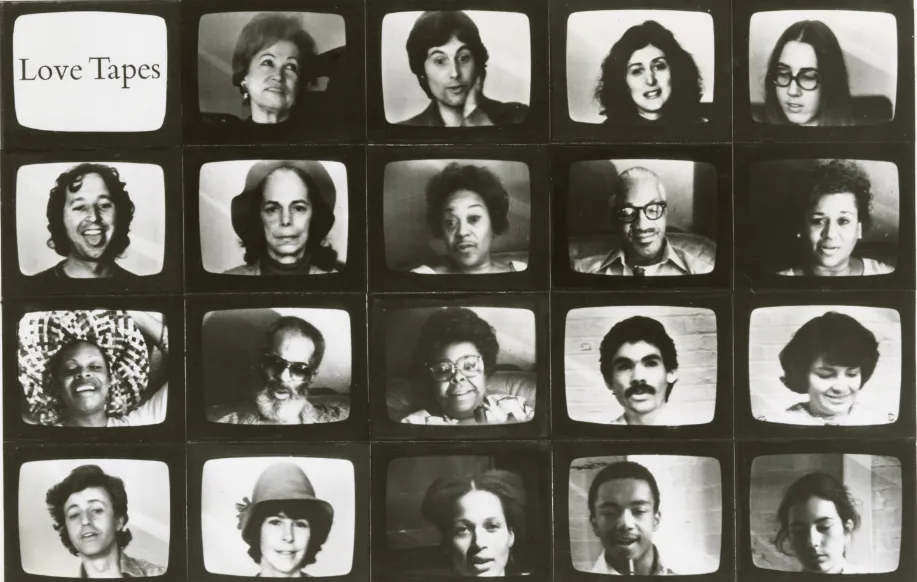
The diversity of Wendy Clarke’s love tape participants makes the collection rich for researchers. When analyzing the organizational methods of the various tape series, the significance of location and age are repeatedly highlighted. By looking at the tapes through the lens of age, one can see love trends that exist for specific age groups and throughout a lifetime.
Love Tapes at the World Trade Center
Eric Hoyt
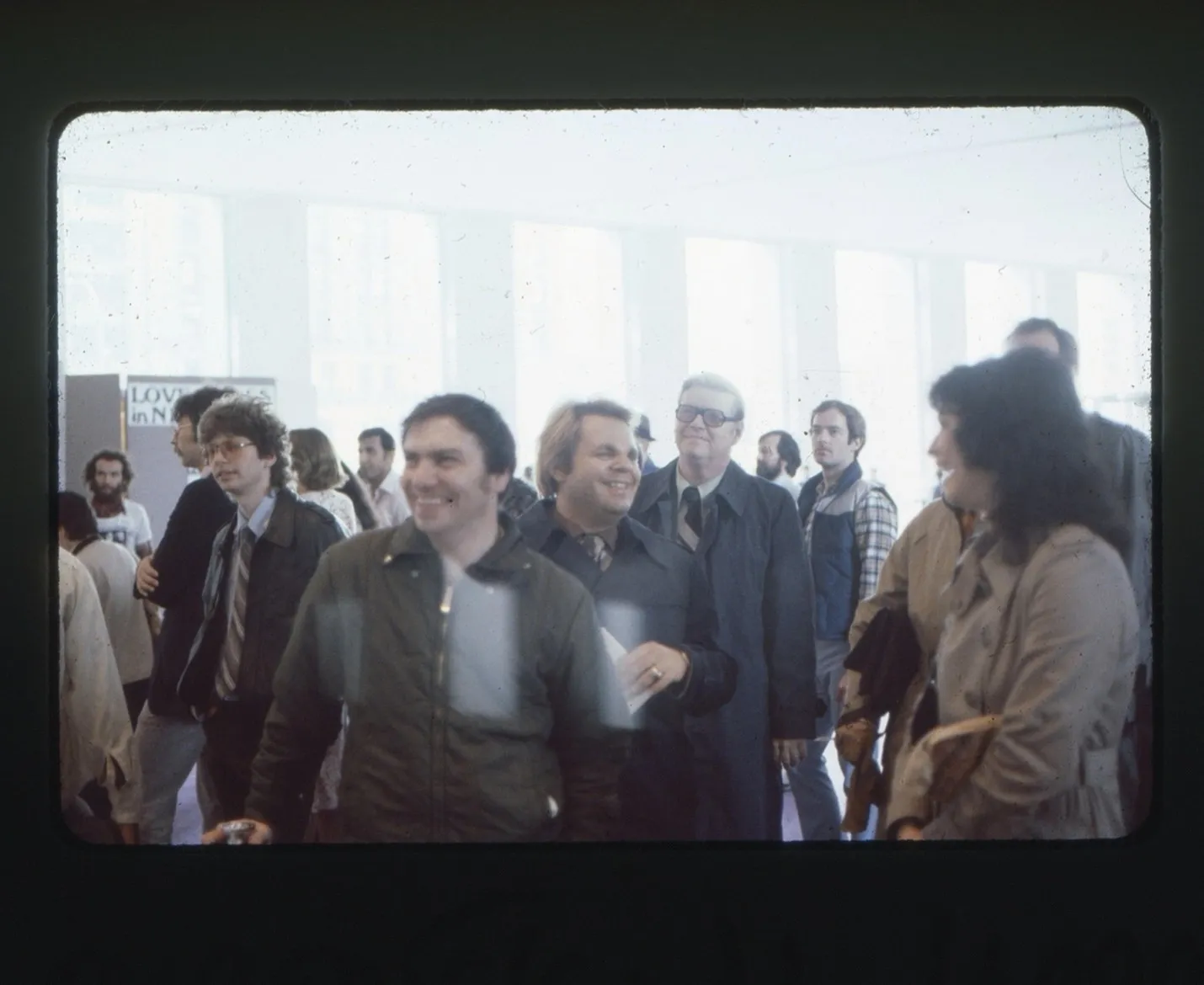
For two weeks in Spring 1980, Wendy Clarke mounted an ambitious instance of the Love Tapes at the World Trade Center. Revisiting this collection today is a moving experience that tells us a great deal about love, loss, New York City, and Clarke’s working methods.
LGBTQ Representation in Wendy Clarke’s Video Projects
Matt St. John
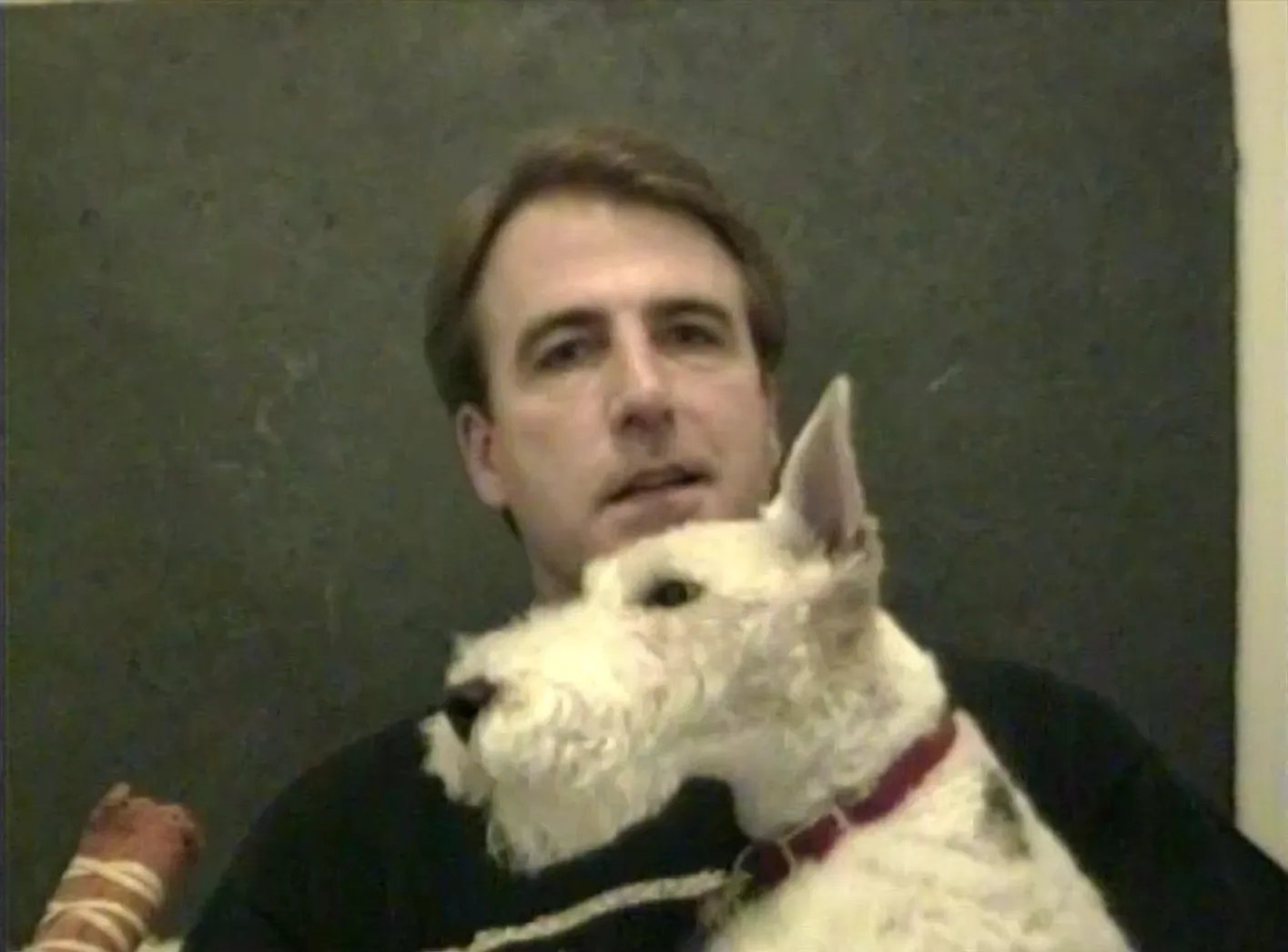
Wendy Clarke’s video art from the 1970s through the 1990s portrays the queer community at a time of increased openness, alongside immense tragedy and loss caused by HIV/AIDS. This exhibit focuses on the projects that most frequently involve LGBTQ people: Love Tapes, Growing Up Gay: The Out Tapes, and Remembrance.
Encountering New Media
Ben Pettis
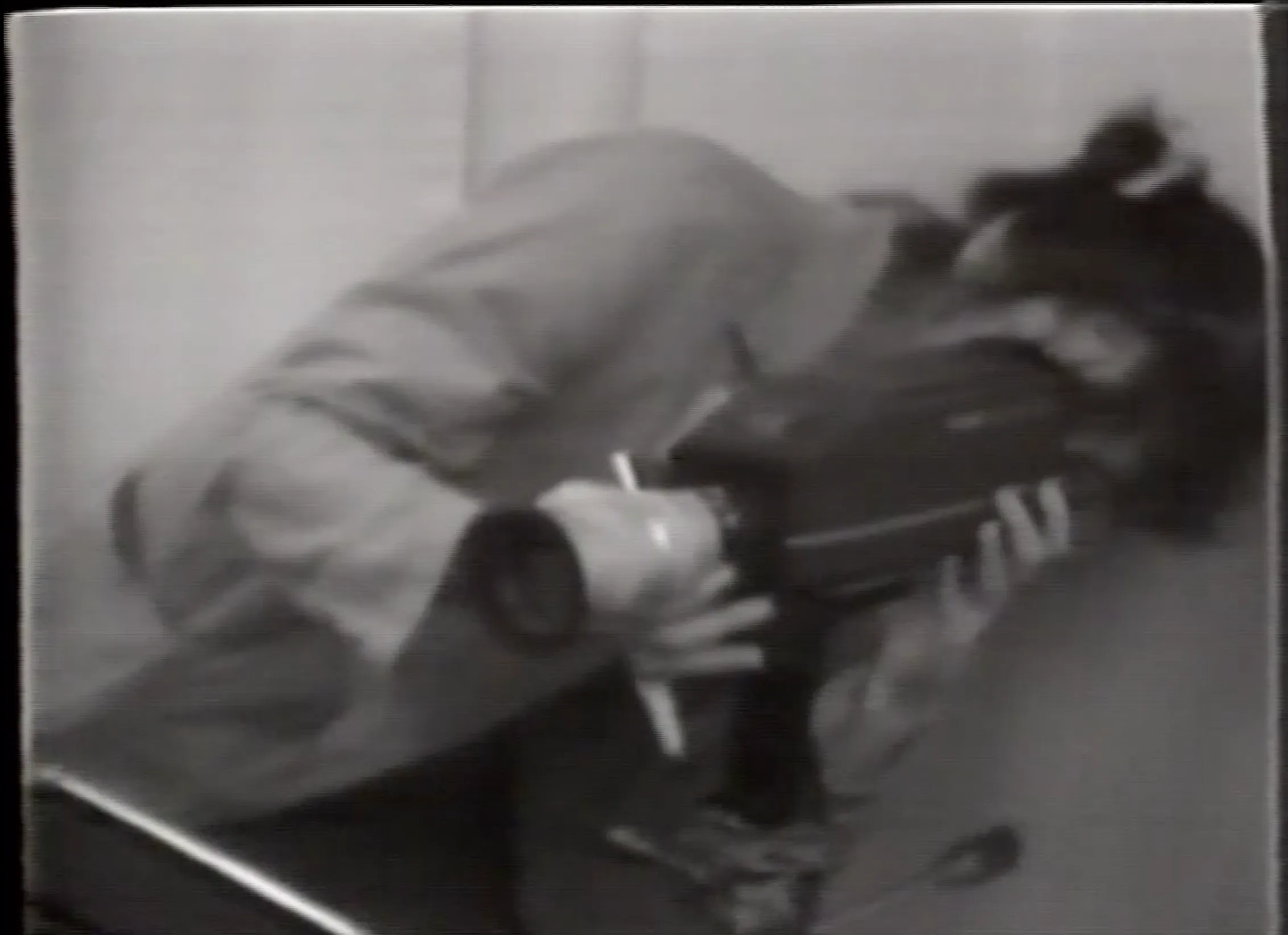
What is the relationship between technology and the self? The Wendy Clarke collection is an incredibly thorough collection of how people reacted to seeing themselves on video for the first time.
Listening to the Incarcerated
Ashton Leach
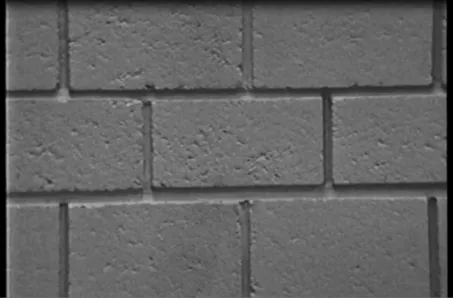
Starting in 1979, Clarke went into different prisons and correctional facilities to give inmates the opportunity to make their own love tape. No matter their past, in this space crafted for love, they are equal with those outside of the correctional facilities; the men in the videos still speak of love in the same enthusiastic, awe-struck, and confused manner as the visitors of the World Trade Center or a museum patron.
Making the "Love Tapes"
Wendy Clarke
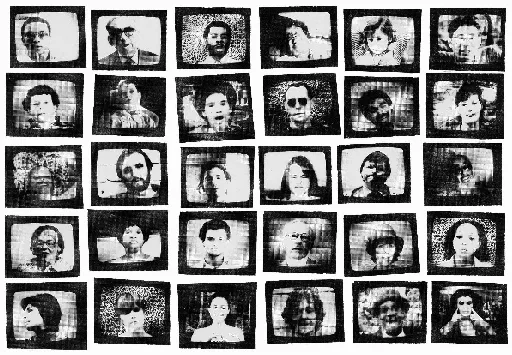
In this short essay from 2007, Wendy Clarke describes her process of creating the Love Tapes and reflects on the many people, stories, and places that the project has encountered.